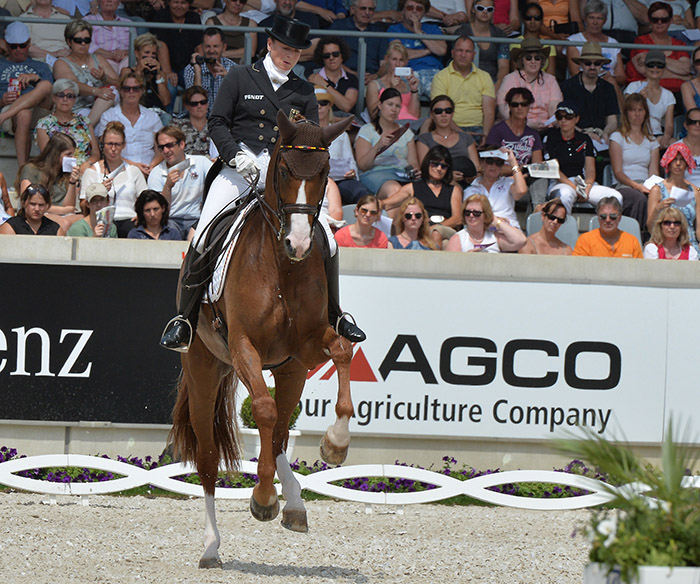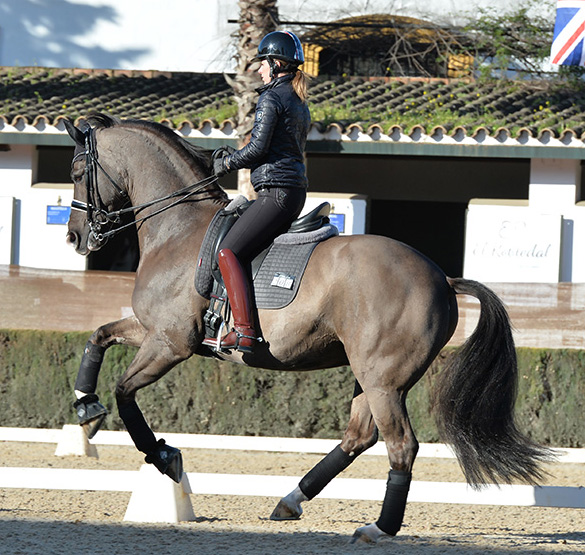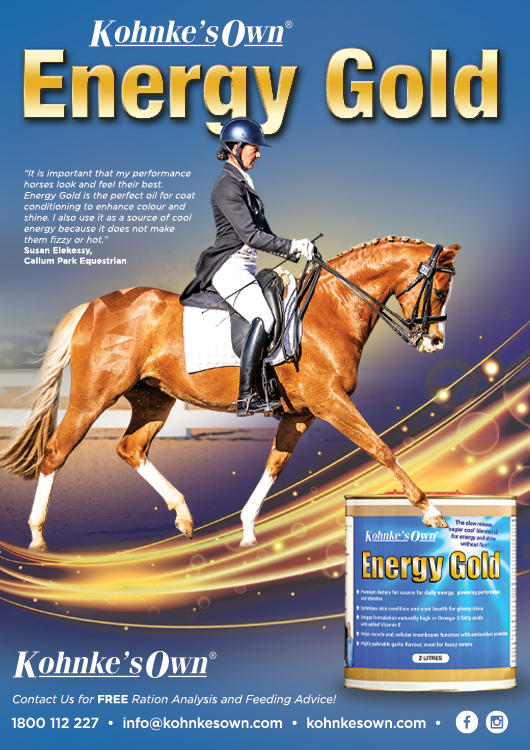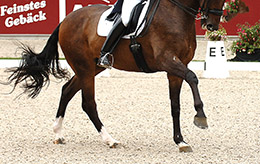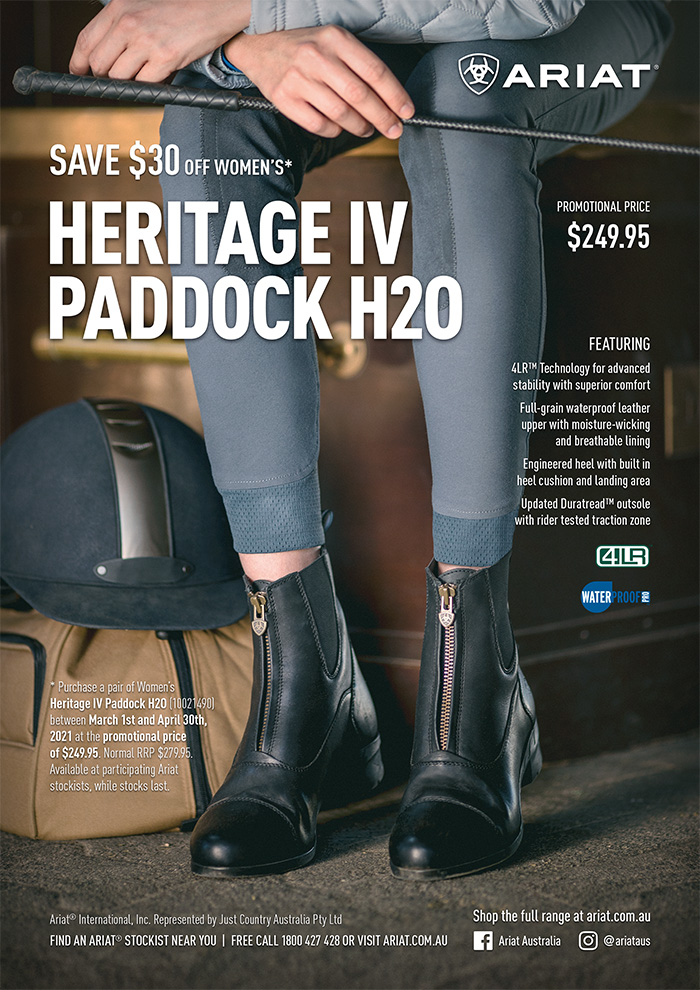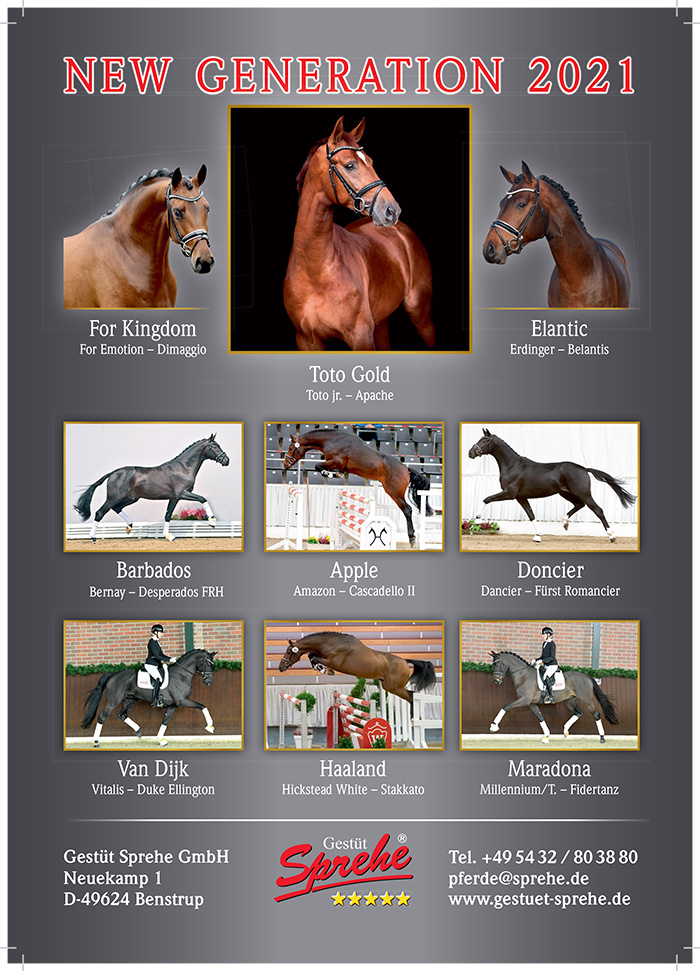“Riders can have nightmares about changes. Because, for example, to scramble over a half pass can be easier than to have a late change that everyone sees.”
Rebecca Ashton sits in on a lecture with the Balkenhol trained Stephan Wolff:
“The change is a measure of throughness, of activity and co-ordination and a big measure of balance. It is the change of the front and hind legs at the same time, and it happens in the suspension phase. That time is quite short so the reaction time has to be quick. Most dressage movements also challenge strength, but not so much the changes. It’s more about the horse’s co-ordination.”
Stefan then went on to explain the criteria needed for a successful change and Isabell Werth and Bella Rose, and Charlotte Dujardin demonstrate..
The horse’s hind legs are jumping under the centre of gravity, fluency, relaxation and confidence, straightness, uphill and forward tendency, and from the rider, precise and refined aids.
more follows
Stefan told us this combination, Ulla Salzgeber and Rusty, executed exceptional changes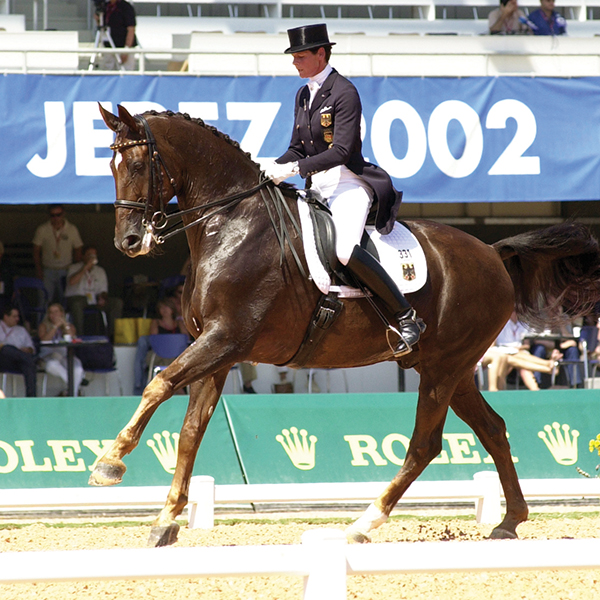
‘If the change doesn’t work, something isn’t in place, or is lost before the change. Straightness and contact are conditions for a good canter.”
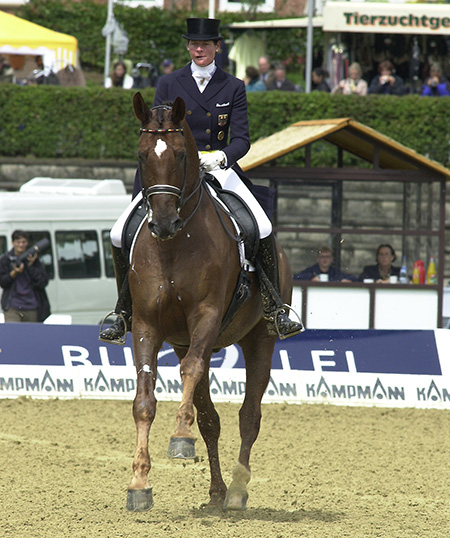
It is very important that riders not to interfere with movement by using incorrect or mistimed aids. This can cause a big problem with the flying changes.
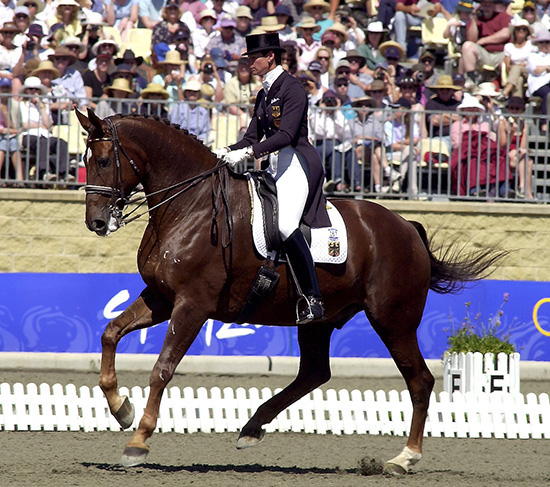
Bend and flexion were important, “First of all we always have bend and flexion in canter. It changes the back muscles and balance.”
“The inside rein changes balance and flexion, but holding the inside rein will interfere with the change. The length of stride of the horse can be hindered by the blocking hand of its rider. Then the rider influences the change.”
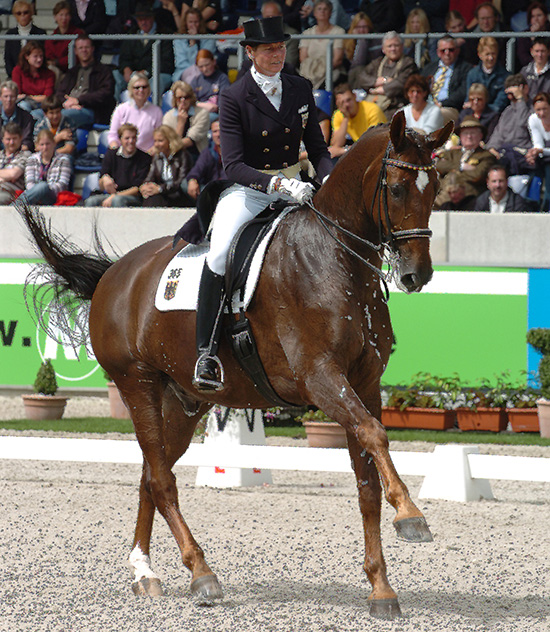
“The half halt enables the horse to have its best canter, jumping under its centre of gravity and listening to the rider. The new inner hip moves forward. Weight aids to follow and allow the horse to be free in its back. A lot of people give a one sided weight aid, but people tend to weigh their inside seatbone, and take their upper body to the outside. You need to remember that very muscle of the horse that gets pressured by that weight, gets blocked. You shouldn’t see much from the rider. Good riders follow the horse, just like they are walking along.”
More on the canter follows

Then the canter dynamics were discussed:
– Only gait with a phase of one leg of support, which is a challenge for young horses
– Only pace with bend and flexion on the straight line
– Inside leg pair move ahead of outside pair
– Rocking motion of torso
– Dynamic balance: Neck and torso interact by moving alternatively up and down
– Neck is up and back down in suspension phase.
“The new outside leg moves back to guard, but also to drive. It has two jobs. New inside leg moves forward out of the way and lets go of the canter stride.
“The new outside rein is non yielding, but cannot be so hard and ungiving that it’s uncomfortable for the horse to jump onto the bit. He will then get tension along the top line. Have a warm hand. The new inside rein flexes and YIELDS to the stride. This is a critical point. The inside rein is a giving one and it has to get ahead of the outside rein.
“In the ideal flying change, every aid has two functions: asking and guarding.”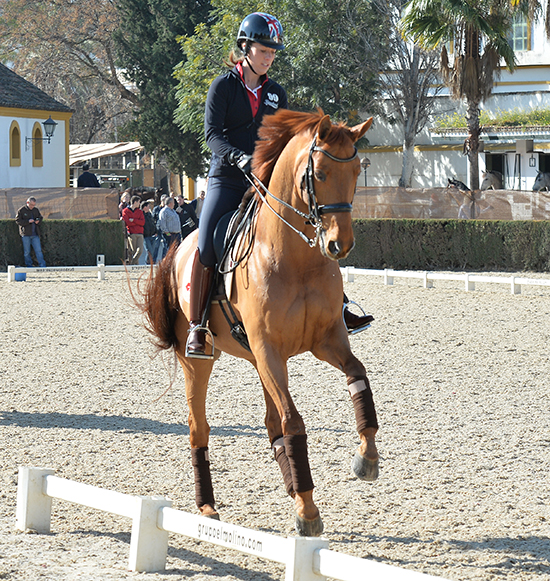
Charlotte Dujardin and Barolo
“When we canter, we close the leg when the outside hind leg hits the ground. That is after the suspension phase. You give the change aid half way toward the next driving aid. This is the major reason for horses changing late: they don’t have enough reaction time.”
“We need to maintain tempo and degree of collection. We said at the start, the horse will naturally want to lift its neck in the suspension phase. So, how much does the rein interfere with this suspension phase and the neck motion? If we stop the neck, we stop the back. The legs are muscles hanging off the back.”
“So, we need to get the horse to stay collected, without holding the neck down. Even if you’re not pulling the neck down, it is still possible to have the neck too restrained, which will block the back.
We are not talking about half a metre of giving, just allowing, so the horse can jump towards the inside leg.” 
Wrong aids come in three types.
The Ambush: “We collect and collect, then we give the aid and he runs off with us, because it’s too powerful and too forceful. There is too much spur because we want the horse to change straight away, and the horse gets scared. The horse has no idea what to do with your aid. Usually they run off because they get tense in the back.”
Standing in the stirrup: “Usually because the driving aid is not ideal. We should give in the hip, kneel and have a soft ankle. The thigh opens a little without flapping. So, every time you drive, your thigh should get soft, then the horse’s back gets soft. If we are tight with the legs, because the horse is shaped like a barrel, we put pressure onto the back of the horse. Because of the horse’s muscle chain, pressure in the lower leg talks to the backend. Pressure in the thigh tightens the horse’s back. Then you get a short, tense change.”
Twisting upper body: “This brings the inside rein back. The balance is pushed outward. This often comes with “The Ambush”. Sometimes it works for a while. Then it comes down to how are you going to train your horse. You can do it mechanically and after 500 times it will come through. But this is not classical. I do not believe horses understand what we want. We just need to find the aid that allows the horse to react naturally to it.”
When to start training Changes
“The horse should be sufficiently balanced, and throughness should have advanced to a level that counter canter can be introduced. You don’t want to miss the natural tendency of a young horse to do a flying change, so if the temperament of the horse allows, I would train the counter canter and flying change side by side, but it depends a little on the horse. It shouldn’t be based on the age of your horse. That is not training. I’ve seen horses who couldn’t change at seven and struggled, but by nine were doing its one tempis. Stay calm with it.”
“You must have a steady contact. It shows the horse is over the back, and there is balance and an uberstreichen should be possible. Also, can you do a proper canter/trot transition and the horse remains on your aids? He must not drop into the trot but transition into the trot. These things should be secure, and not just luck.”
“One of my trainers once said, ‘The horse is ready when it is waiting for you.’ When you push, it is not taking off. It is not moving away from your leg, but moving with your leg forward. It is reacting to the aid, but not running off.”
“When they don’t wait, but are nicely jumping the hindleg under the back, it looks spectacular, it’s uphill, but it is jumping away from the leg. It’s too far under the centre of gravity and ends up with a broken beat; a four beat canter.”



